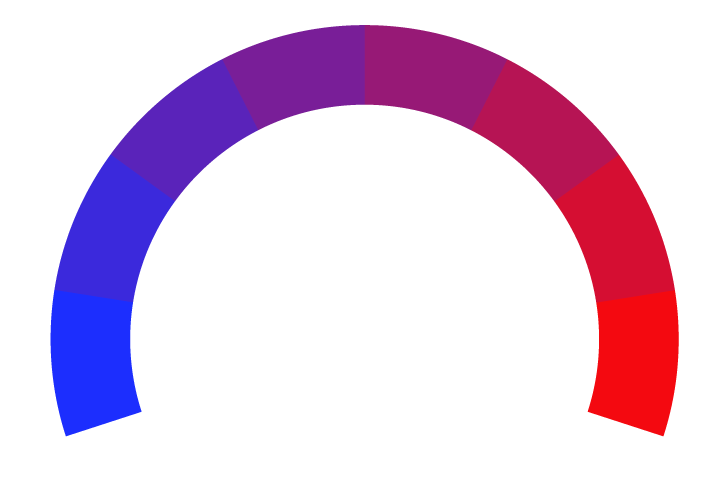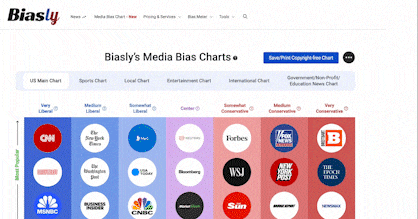 The Hindu Business Line Article Rating
The Hindu Business Line Article RatingGlobal military spending soars to $2.7 trillion in 2024, but peace still elusive: UN warns
- Bias Rating
- Reliability
40% ReliableAverage
- Policy Leaning
30% Somewhat Right
- Politician Portrayal
N/A
Continue For Free
Create your free account to see the in-depth bias analytics and more.
By creating an account, you agree to our Terms and Privacy Policy, and subscribe to email updates.
Bias Score Analysis
The A.I. bias rating includes policy and politician portrayal leanings based on the author’s tone found in the article using machine learning. Bias scores are on a scale of -100% to 100% with higher negative scores being more liberal and higher positive scores being more conservative, and 0% being neutral.
Sentiments
-7% Negative
- Conservative
| Sentence | Sentiment | Bias |
|---|---|---|
Unlock this feature by upgrading to the Pro plan. | ||
Reliability Score Analysis
Policy Leaning Analysis
Politician Portrayal Analysis
Bias Meter
Extremely
Liberal
Very
Liberal
Moderately
Liberal
Somewhat Liberal
Center
Somewhat Conservative
Moderately
Conservative
Very
Conservative
Extremely
Conservative
-100%
Liberal
100%
Conservative

Contributing sentiments towards policy:
50% : For instance, the UN estimates that redirecting a small portion of military funds could: put every child in low and lower-middle-income countries into school, provide primary healthcare to millions in vulnerable communities, eliminate child malnutrition, and help fund climate adaptation in the developing world.43% : Global military spending surged to an unprecedented $2.7 trillion in 2024, but this massive expenditure has failed to deliver peace or stability, according to a stark new report from the United Nations.
42% : Experts say the world is caught in a vicious cycle: economic instability, poverty, and underdevelopment fuel violence, which in turn leads to more military investment -- further draining resources from social and economic development. UN disarmament chief Izumi Nakamitsu echoed the urgency of realigning global priorities.
*Our bias meter rating uses data science including sentiment analysis, machine learning and our proprietary algorithm for determining biases in news articles. Bias scores are on a scale of -100% to 100% with higher negative scores being more liberal and higher positive scores being more conservative, and 0% being neutral. The rating is an independent analysis and is not affiliated nor sponsored by the news source or any other organization.






















